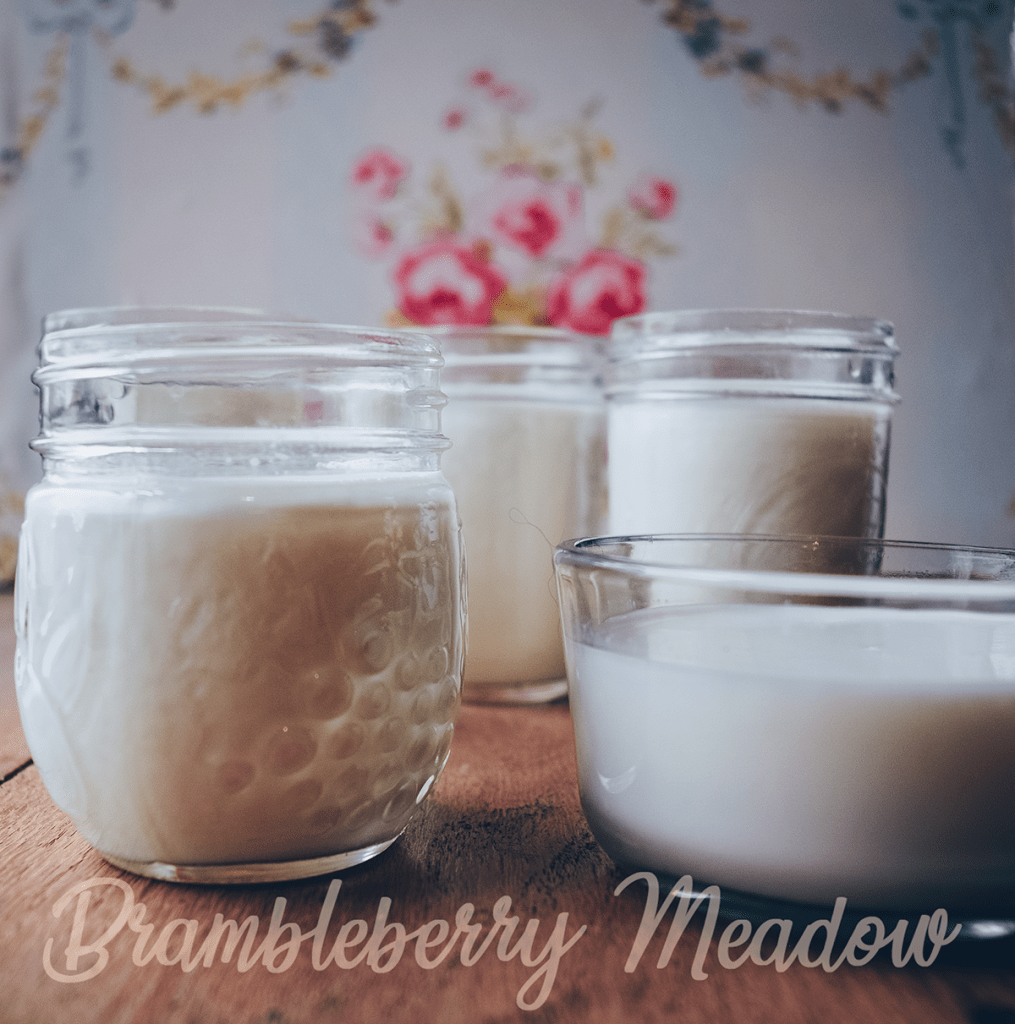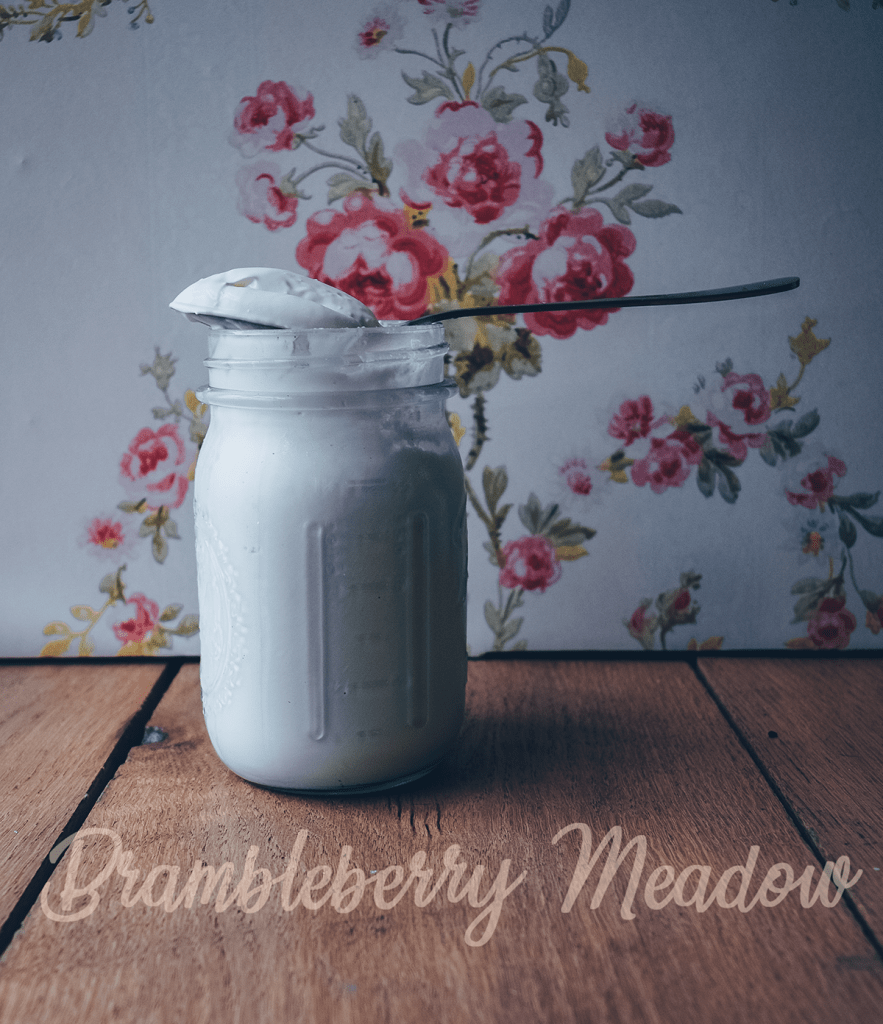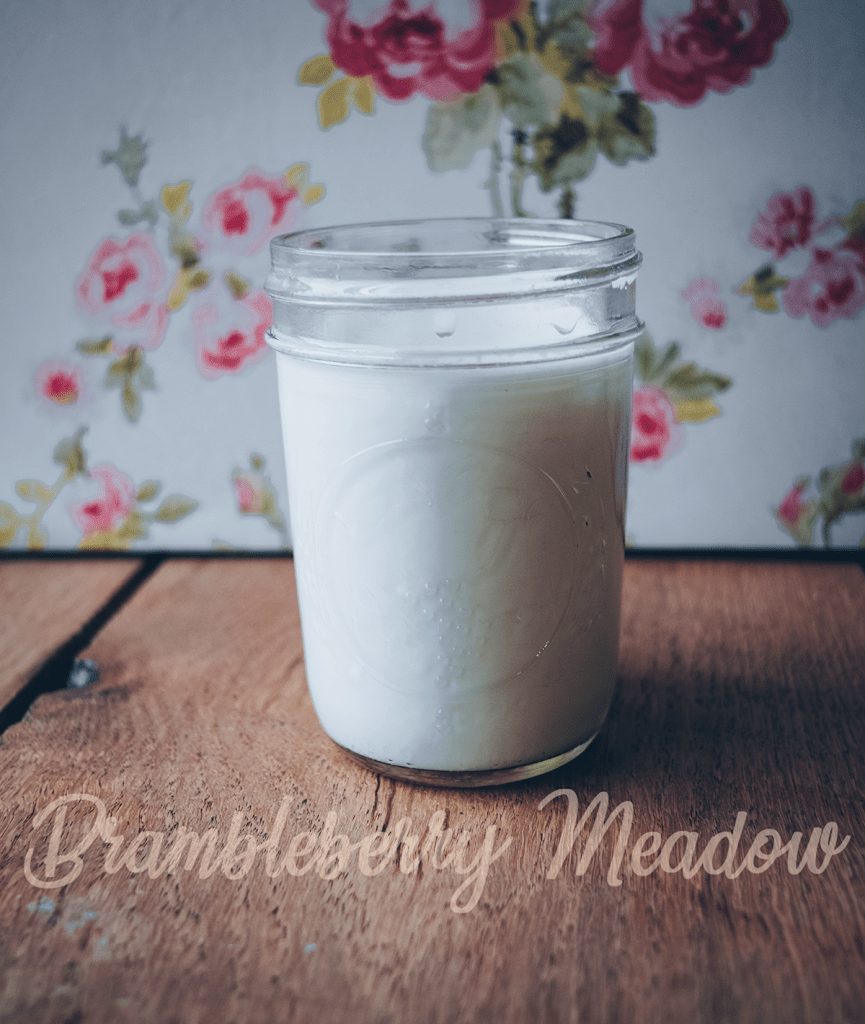The resurgence of fermented foods is a beautiful thing to see. Everything from sourdough and komucha to kimchee and sauerkraut are enjoying a renaissance.
The internet abounds with recipes for yogurt made with milk and purchased yogurt as a starter culture. But if you’re ready to move beyond that simple bit of goodness, there is an entire world of cultured dairy magic out there to explore. You can find an ever-expanding selection at the grocery store, from pot-set French yogurts, to thick and creamy Skyr, to Greek yogurts of every flavor, variety abounds. But you can make all these things at home, too. All you need is the right culture, the right milk, and the right technique. Come along, gentle reader, and explore the variables that allow you to create just the type of product you want…

Variable 1 – Culture Type
There are two basic types of culture. Mesophilic cultures are happiest at temperatures between 70-90º F. While thermophilic cultures prefer things a bit warmer, 100-115º F. Which means, for the home dairy, that mesophilic cultures can incubate just sitting on the counter, while thermophilic cultures will require some kind of incubation set-up. (We’ll get into those later, I promise). Either way, the main purpose of those cultures is to “eat” the lactose in the milk and produce lactic acid. The rapid drop in pH is what causes yogurt’s characteristic tang, as well as providing a certain degree of preservation power. Different cultures may produce varying amounts of lactic acid. But it’s all the OTHER things those different bacteria produce that change the flavor and texture. For instance, Finnish viili cultures include Leuconostoc mesenteroides subsp. cremoris which produces long chain starch molecules that give this yogurt it’s characteristic ropey texture.
Different blends of bacteria developed that best suited the conditions in different parts of the world. This is likely why most Scandinavian yogurt cultures are mesophilic. While those that developed in the Middle East are often thermophilic.
Variable 2 – Type of dairy used
WHAT you decide to culture also has an affect on the product you end up with. Much of the yogurt on the supermarket shelf is low fat, or no-fat. A throw-back to the 80’s when dairy fat was considered one of the great evils in the modern diet. And you can certainly make yogurt from skim or low fat milk. The texture will be thinner that whole milk yogurt, but it’s still good. Or, you can strain that low fat yogurt you just made, by placing it in some cheesecloth, and hanging it over a bowl in the refrigerator. The whey will drain out, and the remaining yogurt will be thicker texture. (Plus, you can use the whey to make fermented berries. A story for another day).
My kids prefer whole milk yogurt, and since I usually have whole milk, that makes it easy. You can even make yogurt from non-homgenized milk, which will result in a layer of cream at the top of the jar. It helps to have a culture specifically for non-homogenized milk, since it’s fat and protein structure is different that homogenized milk. But, with cream-top milk and the right culture, you can make your own cream top yogurt!
Taking up a notch in terms of indulgence, I make a lot of French yogurt with half-and-half, instead of milk. Which makes an even thicker, creamier product.
You’re welcome.
You can also culture cream. Cultures specific to cream allow you to make creme fraiche, sour cream, or Swedish cultured sweet cream:

Variable 3 – Handling
How you choose to handle the milk or cream is also important. Plain pasteurized milk is a great place to start. Just stir your culture into the milk, and start your incubation. This works really well for mesophilic cultures, and especially for drinking yogurts like bollnåsfil.
You can also heat your milk to 190º F, then cool it down, culture, and incubate. Heating milk causes the proteins to denature. This, in turn, will lead to a thicker finished yogurt. UHT milk (or half-and-half, or cream) will have the same effect. UHT means “Ultra High Temperature”, and refers to milks flash pasteurized at 190º F. I will be honest, UHT Half-and-Half is my go-to for making French yogurt with absolutely no effort on my part.
If you want to take things one step further, you can actually carmelize the milk before culturing. When I do this, I usually put 1 qt of milk into a baking dish, and put it in the oven overnight at 185º F. How caramelized is up to you. The milk will form a skin. After about 8 hours, the skin will be very slightly golden. At 12 hours, it’s much darker and has a much stronger caramel aroma. Cool the milk, remove the skin or stir it in according to your preference, and use it for your usual yogurt recipe.
Some elements of handling are more subtle – or even a little out of your control. A mesothilic yogurt cultured at 72º F will taste subtly different from one cultured at 88º F. And, of course, your incubation time will have a very strong effect. Taste your yogurt early, so that you can put it in the fridge as soon as it’s reached the stage your prefer.
The last aspect of handling is draining yogurt. If your yogurt is a little thin, or if you just prefer a premium product, spoon your freshly made yogurt into a double layer of cheesecloth, tie it to a wooden spoon, and suspend it over a bowl. Draining lets yogurts made from lower fat milks taste creamier.

Variable 4 – Additions
The last thing that can change how your product turns out is the other ingredients you add. Skyr, for example, is actually a fresh cheese, more than a yogurt. The milk is treated with rennet, and the cultured curds are drained to make the thick, creamy treat out of skim milk.
You can also add things like whey powder or powdered milk, which raise the protein content and thicken cultured dairy products.
Thickeners like gelatin, agar, and pectin can also be used to give a creamier texture and prevent the whey from separating. Just don’t add to much or you’ll have yogurt Jell-O.
And then?
So now you know a little bit more about what sorts of dairy products you can make, and how to adjust them to suit your preferences. In future posts, we’ll make some of them, talk about how to use all of your newfound dairy bounty, and how to manage multiple cultures in one kitchen without losing your cool.
If you’re ready to jump in, I recommend visiting Positively Probiotic, and their seemingly endless selection of fascinating cultures.
And download my podcast interview with Allie Faden, where we talk all things fermentation and share some of our own upcoming experiments.